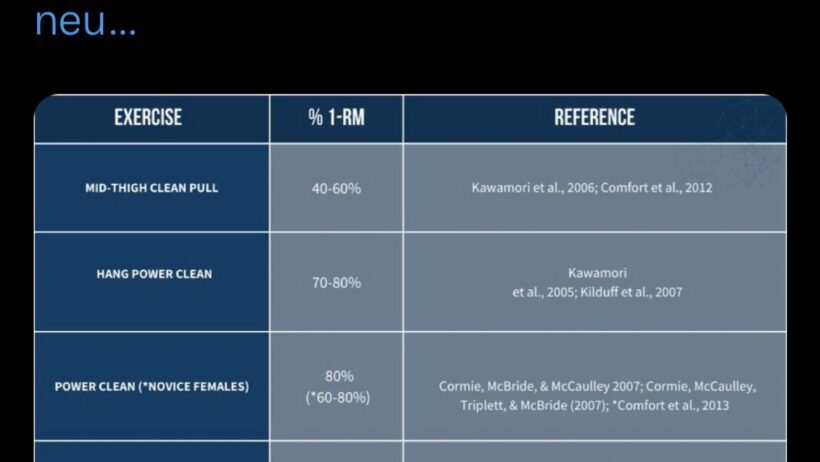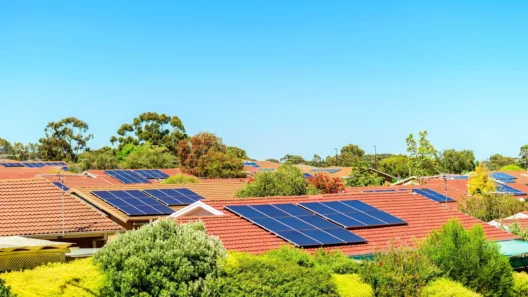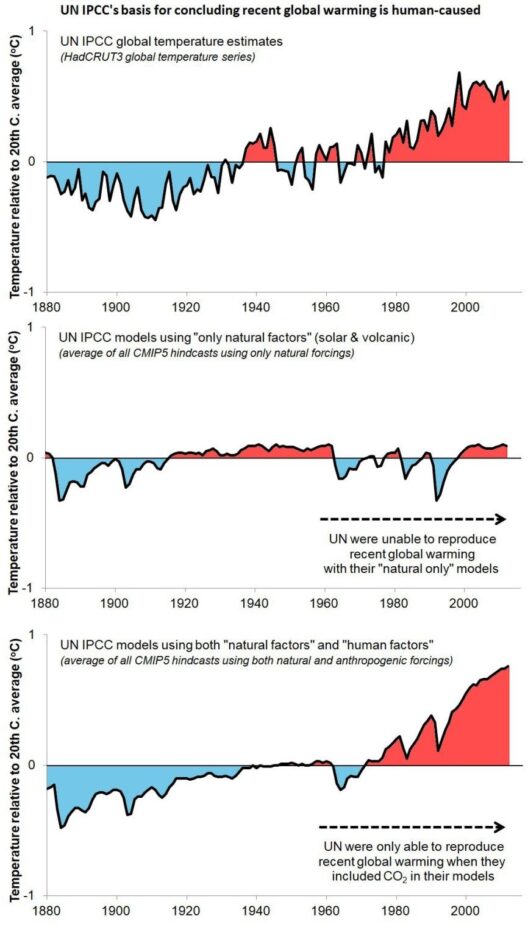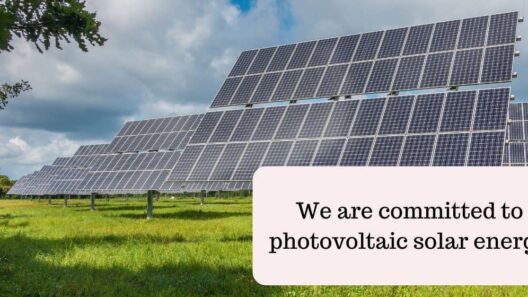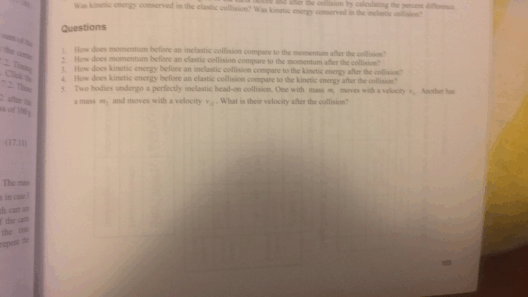In an era where environmental consciousness is paramount, conserving energy during sprinting can contribute to a more sustainable approach to sport and fitness. But have you ever pondered the question: how can you maximize your power output while minimizing energy expenditure? This challenge not only pertains to sprinters but also to all athletes striving for efficiency in their performance. The heart of this pursuit lies in understanding optimal techniques, body mechanics, and strategic training regimens that can significantly impact energy conservation.
One of the most critical aspects to contemplate is your running form. The biomechanics of sprinting play an instrumental role in energy efficiency. By engaging in proper posture, you can reduce drag and use your energy more effectively. Aim to maintain an upright torso, with shoulders relaxed and a slight forward lean. This position will not only optimize your speed but also minimize energy loss from unnecessary lateral movement. A forward lean creates a more efficient center of gravity and promotes a natural forward momentum.
Moreover, the alignment of your arms is crucial. Blending the motion of your arms with the flat trajectory of your legs can create a harmonious rhythm that aids in propulsion. Your elbows should remain at a 90-degree angle, driving back with purpose to generate power. This motion facilitates a cascading effect, leading to increased drive in your lower body while conserving energy during each sprint.
Speaking of the lower body, the mechanics of your legs during a sprint bear significant weight in terms of energy conservation. The posture of your feet when they strike the ground can define your energy expenditure. Focus on landing softly on the midfoot rather than the heel. A softer landing translates into less impact on your joints and more energy conserved for forward propulsion. Additionally, consider the use of minimalist footwear. Shoes that are lighter and provide adequate support can help in reducing the overall energy cost of running.
One effective strategy is incorporating interval training into your regimen. This method revolves around alternating between periods of intense sprinting and recovery. Why is this beneficial? Primarily, it allows your body to adapt to higher power outputs without significantly exhausting your energy reserves. As you develop your aerobic and anaerobic systems, you’ll find that you can maintain high speeds for longer periods while consuming less energy.
Your nutrition and hydration also merit considerable attention when examining energy conservation during sprinting. A well-rounded diet rich in carbohydrates, proteins, and healthy fats can fuel performance while also aiding in recovery. Hydration cannot be overlooked; even mild dehydration can impede performance. This not only elevates your exertion levels but also jeopardizes your energy conservation efforts.
Additionally, energy conservation can be achieved through mental strategies. Visualization techniques and mindfulness can enhance focus and reduce anxiety, ensuring that every sprint is purposeful. Engaging in mental rehearsal of your technique can help engrain these practices, making them second nature during actual performance. The mind-body connection is a potent ally in the pursuit of energy efficiency.
Moreover, employing technology can elevate your training to new heights. Wearable fitness trackers and smart running apps can provide feedback on your pace, heart rate, and energy expenditure. This data allows you to modify your runs intelligently, optimizing your training sessions for maximum efficiency. Capturing real-time metrics will lead you to understand the relationship between your power output and energy costs more profoundly.
However, you might be wondering: are there psychological barriers to increasing power output without wasting energy? Certainly. Many athletes struggle with the dichotomy of exerting maximum effort versus maintaining energy conservation. It is essential to cultivate a mindset that embraces gradual improvement. The journey towards mastering energy-efficient sprinting is not instantaneous; it requires patience, perseverance, and a tolerance for discomfort as you push beyond your established limits.
It is also worth noting the importance of regeneration and recovery. Optimal power output during sprinting does not solely depend on training; adequate rest is crucial. The body requires time to rebuild and replenish energy stores and repair muscle fibers. Engaging in techniques such as foam rolling, massage, and proper sleep can enhance recovery, ensuring that you are consistently in peak condition for your next sprint.
Lastly, it bears mentioning that energy conservation extends beyond the individual athlete. Collective initiatives focusing on sustainable practices within sports can have significant implications for the larger environment. Consider advocating for eco-friendly workout locations, promoting the use of sustainable materials in sports gear, and participating in clean-up initiatives that embody the spirit of sport and environmental responsibility. Creating a culture around conscious energy consumption not only elevates personal performance but also fosters a community ethos that aligns athleticism with ecological stewardship.
In conclusion, the challenge of maximizing power output while conserving energy during sprinting is multi-faceted and requires a holistic approach. From biomechanics and nutrition to mental focus and recovery practices, each component plays an essential role in achieving sustainable performance. The pursuit of energy efficiency in sprinting exemplifies a conscientious effort not just for personal gain, but for the sustainability of our planet. Engage in this venture, and who knows—perhaps you’ll be the one to lead others towards a greener way of sprinting.



